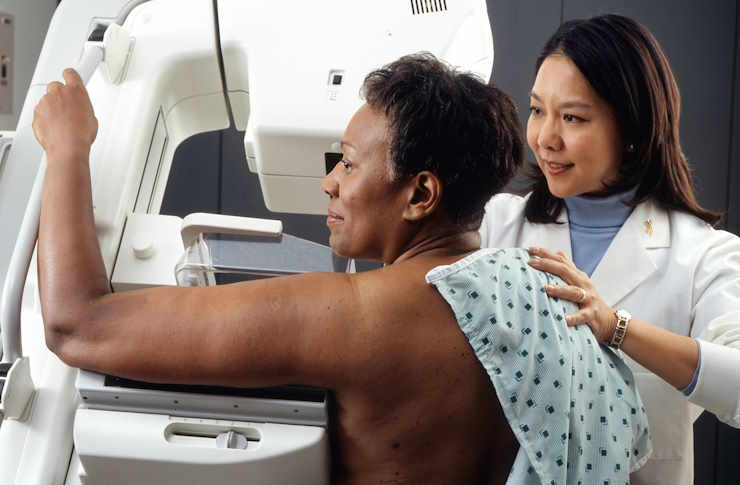Basal Cell Carcinoma Treatment Options and Care
Basal cell carcinoma is the most common form of skin cancer and typically develops in areas of chronic sun exposure. It often grows slowly and may appear as a pearly bump, scaly patch, or a sore that does not heal. Early diagnosis and appropriate medical management reduce the chance of local tissue damage and improve cosmetic outcomes. This article outlines how clinicians diagnose basal cell carcinoma, the main treatment options, and steps for follow-up and prevention. This article is for informational purposes only and should not be considered medical advice. Please consult a qualified healthcare professional for personalized guidance and treatment.

Skin: how basal cell carcinoma appears
Basal cell carcinoma usually arises in the epidermis and presents in various ways on the skin. Common signs include a translucent or waxy bump, a flat scaly area, or a non-healing ulcer. Lesions are most frequent on sun-exposed sites such as the face, ears, neck, and arms. Because appearances vary, dermatology evaluation and a skin biopsy are often needed to confirm the diagnosis and determine the tumor subtype and depth before planning treatment.
Cancer: risks and progression
Although basal cell carcinoma is categorized as a form of cancer, it rarely metastasizes; its primary risk is local invasion into skin, cartilage, or bone when left untreated. Risk factors include cumulative ultraviolet (UV) exposure, fair skin, older age, prior radiation, and immunosuppression. Some subtypes (morpheaform or infiltrative) can be more aggressive locally. Clinicians assess risk by size, location, histologic subtype, and patient health to guide how definitive or conservative the approach should be.
Medical: diagnostic steps and staging
The medical workup begins with a clinical exam and dermoscopy; suspicious lesions are sampled by punch, shave, or excisional biopsy for histologic confirmation. Pathology determines subtype and margins, which are crucial for deciding treatment. Imaging is rarely necessary unless there is concern for deep tissue involvement. For recurrent or high-risk tumors, multidisciplinary input from dermatology, surgical oncology, or radiation oncology may be recommended to develop a tailored plan.
Treatment: common procedures and therapies
Treatment choices depend on tumor size, subtype, and location. Surgical excision with clear margins is widely used. Mohs micrographic surgery is often chosen for facial or recurrent tumors because it allows precise margin control while conserving healthy tissue. Less invasive options include curettage and electrodessication for small, low-risk lesions, topical prescription therapies (for select superficial tumors), photodynamic therapy, and radiation therapy when surgery is not appropriate. For rare advanced or metastatic cases, systemic targeted agents that affect hedgehog signaling may be used under specialist care.
Dermatology: follow-up and local services
After treatment, dermatology follow-up focuses on wound care, scar management, and surveillance for new or recurrent lesions. Regular skin examinations—frequency set by individual risk—help detect additional skin cancers early. Prevention advice includes sun protection, protective clothing, and avoiding tanning devices. If you require ongoing care, search for local services such as board-certified dermatologists or skin cancer clinics in your area; many practices offer skin checks, surgical treatment, and coordinated referrals when multidisciplinary care is needed.
Conclusion
Management of basal cell carcinoma balances effective tumor control with preservation of function and appearance. Diagnosis relies on biopsy and pathology, and treatment ranges from topical options for superficial lesions to tissue-sparing surgical techniques for higher-risk tumors. Long-term follow-up and sun-protection strategies are key to reducing recurrence and detecting new skin cancers. Clinical decisions should be individualized and discussed with qualified healthcare professionals.






